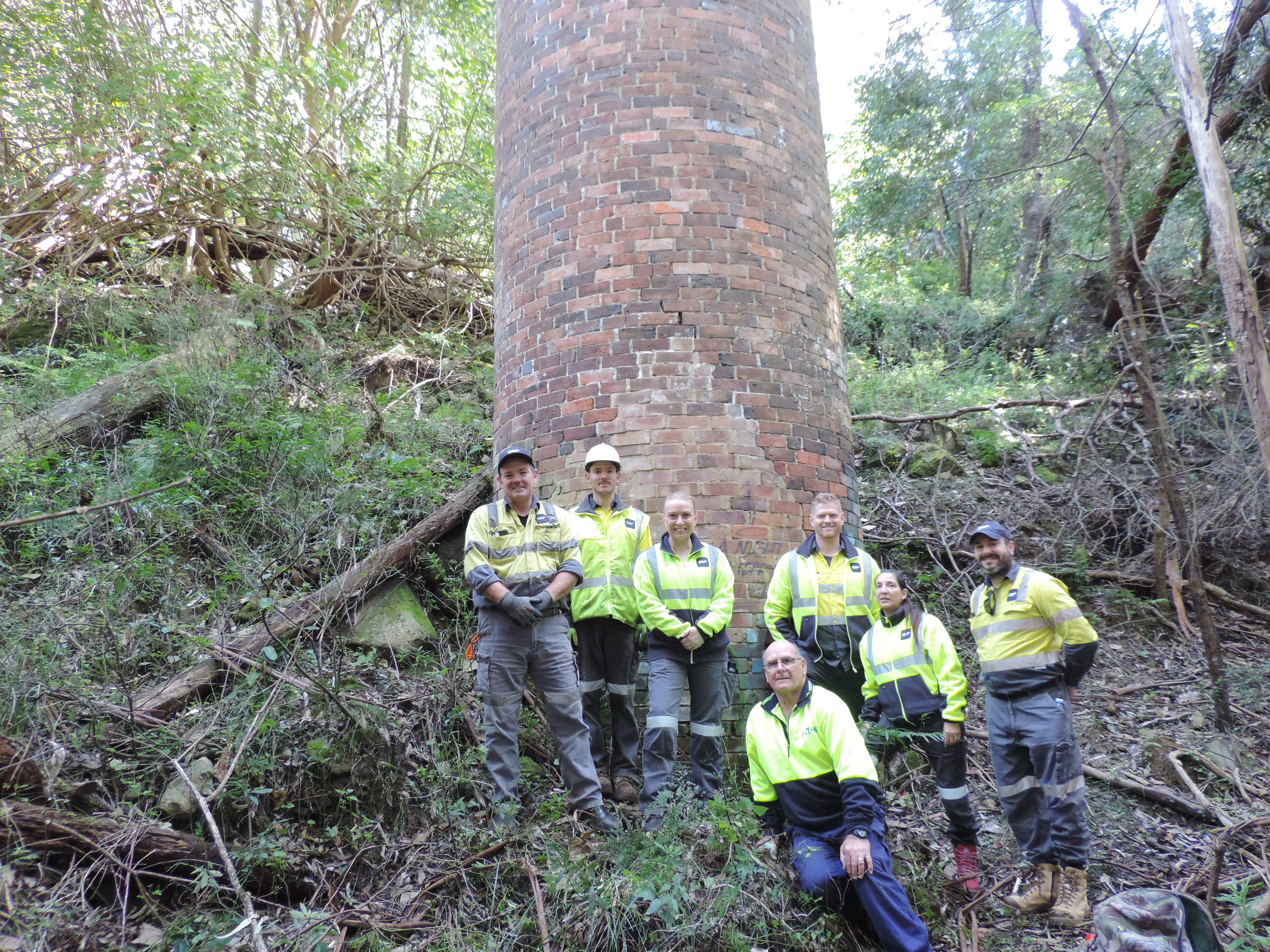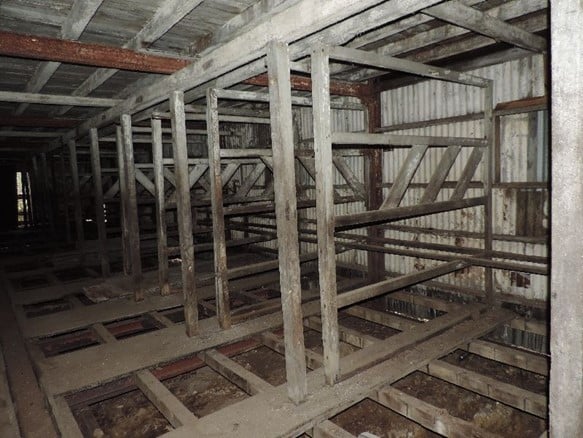Site of Australia’s worst mine disaster receives state heritage protection
In 1902, 96 men and boys lost their lives as the result of an underground gas and subsequent coal dust explosion at the Mount Kembla mine.
Heritage listing of the site of Australia’s worst industrial disaster has come as a relief to those who have advocated for heritage listing since 2012, with the site now listed on the NSW State Heritage Inventory.

GM3 Dendrobium Colliery staff visiting the Mt. Kembla Colliery furnace shaft and other sites. Phil Grant as guide.
The Mount Kembla Mine site is controlled by the National Parks and Wildlife Service and now forms part of the Illawarra Escarpment State Conservation Area.
The NSW government confirmed the State Heritage register listing, which will allow greater protection of this site at Mount Kembla, west of Wollongong. It ensures the site cannot be dismantled or redeveloped without approval from the NSW Heritage Council.
Last year, four members of the AusIMM Illawarra Branch Mineral Heritage Subcommittee met with members of the Mount Kembla Mining Heritage group, two National Parks and Wildlife Service personnel, and two local state parliamentarians, Ryan Park and Paul Scully, to lobby for protection of the site. It is apparent that lobbying by Ryan Park MP and Paul Scully MP achieved progress of the heritage application to its successful completion.
Phil Grant, a former mine electrical engineer and member of the Mineral Heritage Subcommittee, said that ongoing vandalism and damage to the site, including theft of timber flooring and posts from the building, may not have occurred if heritage listing had happened earlier. Lack of maintenance of stormwater drainage has resulted in damage of many areas near the pit pony stables.

Mount Kembla Colliery horse stable showing where hardwood floor planks were stolen.
The AusIMM Illawarra Branch Mineral Heritage Subcommittee has maintained a photographic record of mine structures, mine entries, horse stables and artifacts.
The Mount Kembla Mine explosion is remembered each year with a moving candlelight ceremony at Windy Gully Cemetery, where many of the victims of the disaster were buried. The latest ceremony took place on Thursday 31 July 2025.